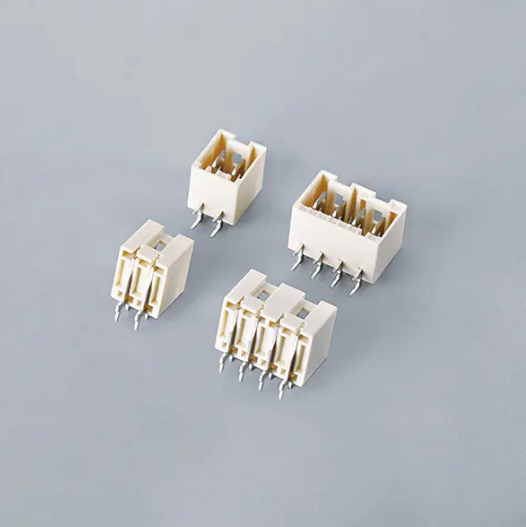How to Select the Right Wire to Board Connector

Selecting the right wire to board connector involves several technical and practical factors. Choosing the appropriate connector helps maintain stable connections and avoids issues such as signal loss, mechanical failure, or mismatched pin alignment.
Key considerations include current rating, voltage requirements, pitch (the distance between contacts), and overall connector size. Applications that involve high power loads require connectors with thicker terminals and higher insulation standards. Signal lines may require low-profile connectors with minimal noise interference.
Durability is another important factor. Connectors used in automotive or industrial environments must withstand heat, vibration, and humidity. Locking mechanisms and polarization features can improve reliability and prevent accidental disconnection.
Ease of use also plays a role in connector choice. Some wire to board connectors are designed for quick assembly, including push-in or snap-fit styles, while others require tools for crimping or soldering.
Additionally, environmental certifications or compliance with safety standards may influence the final selection, particularly in regulated sectors like automotive or medical electronics.
Choosing wire to board connectors based on application-specific needs helps ensure consistent electrical performance and mechanical stability throughout the device’s operational life.
- Art
- Causes
- Crafts
- Dance
- Drinks
- Film
- Fitness
- Food
- الألعاب
- Gardening
- Health
- الرئيسية
- Literature
- Music
- Networking
- أخرى
- Party
- Religion
- Shopping
- Sports
- Theater
- Wellness


